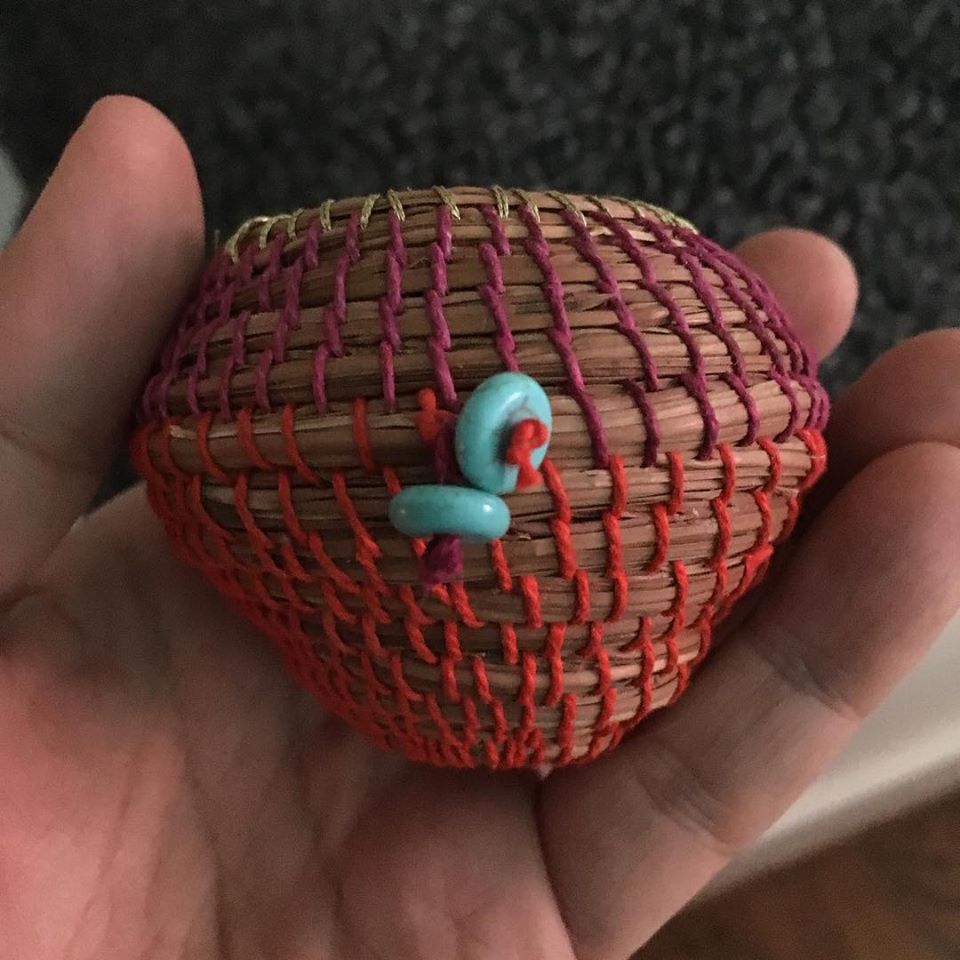When it comes to creative pursuits (of which I have a few, and the list is growing), the old adage is true: Practice, practice, practice.

No matter what you choose to do, you’ll find you won’t produce perfection on the first try. I learned this with my jewelry. I started out playing with beads, which was a no-brainer. But when I moved to metal, it was trial and error BIG TIME. I would come back from my Tuesday class and practice like a crazed woman. For example, I would make 100 wire rings (or 50 coiled bracelets, or whatever) between Wednesday and Monday, and most of those were crap. I have in my office what I call my “laundry basket of shame” – all of my failed projects that are too ugly for words. (Also too ugly for the light of day.) And yes, it’s a laundry basket. I’m keeping them to possibly re-do at some time in the future (metal can be melted and I’ve got nice stones in those failures), but mostly I keep them as a reminder of where I started and where I am now.
What I’ve noticed in the last few years is that with more practice comes more skill, and I’m not contributing to the junk pile as frequently as I did when I first started out.
I would imagine it would be the same with any endeavor. I’m fairly certain Tiger Woods didn’t come out of the womb with golf club in hand. I occasionally golf, and I can tell you there is no such thing as innate talent, only that to come out of the day with a decent score takes a lot of consistent practice.
The same is true with writing. From experience, I know you can’t just sit down and take off with your pen or computer and expect the result to be anything but…well, flawed. Telling a story is an art form, and with any art, there must be practice. Lots and lots of practice.
It does get easier. Just as now I can wire wrap almost in my sleep, when I write, I make less and less of the stupid mistakes I made after finishing the first draft of my first novel. I don’t linger over passages anymore like I did with Book #1 – if I find myself getting bogged down, I’ll move on and come back later. The second novel was a little easier. The third even more so. I’m not much of a plotter, but now I’m aware of my foibles (like writing rambling back story and writing like I speak), and I know when to stop and when to kick it into gear. I’ve learned that if I write as fast as I can, even the worst of my writing has a value and can be used (with much editing). And I’ve learned to take small snippets of time and fill them with writing. (Right now, I’m filling my Hobonichi with short poems. They’re rough draft poems, but I’ll get to them someday.)
The lesson is, once you plant butt into chair: The more you write, the more you will write – and the better you’ll get at it.







